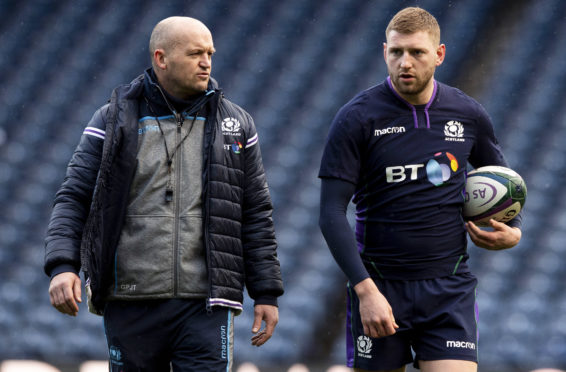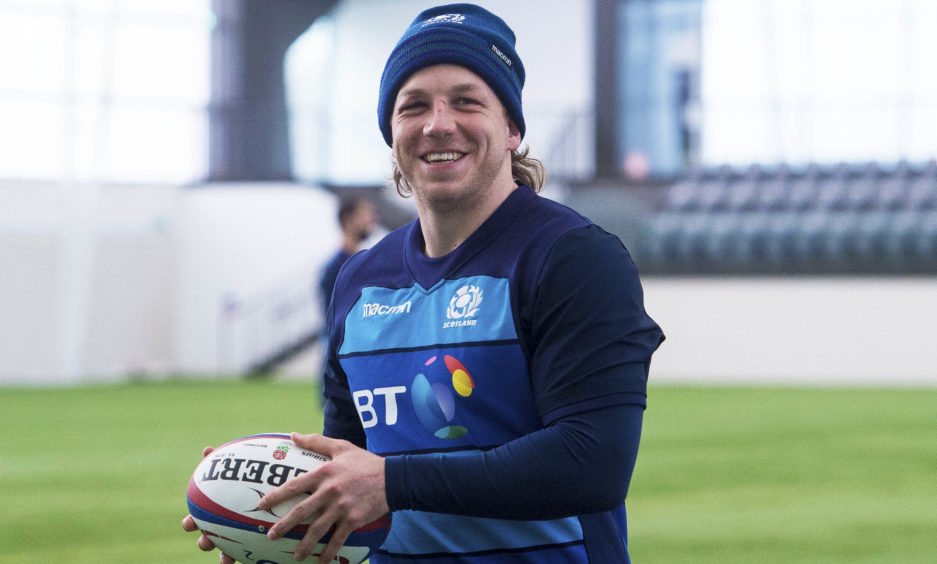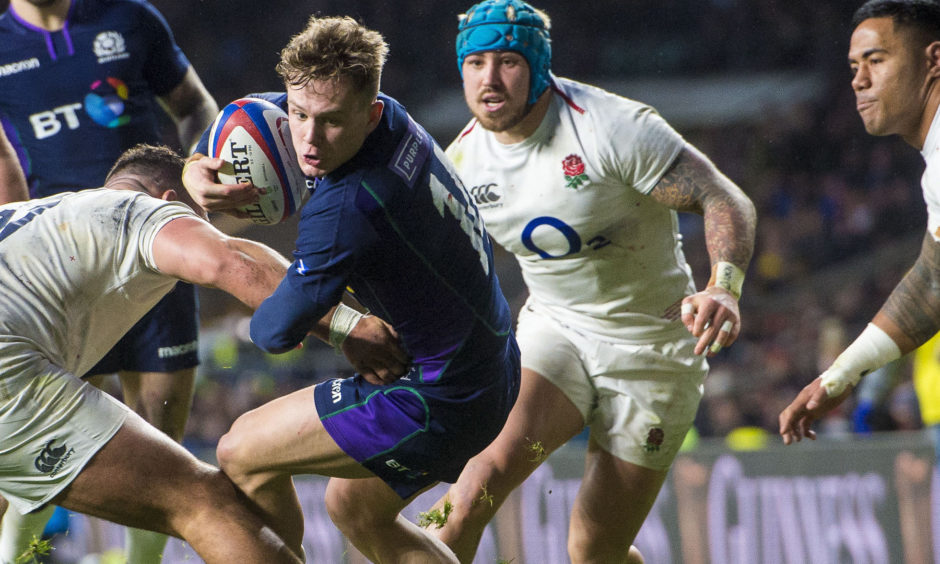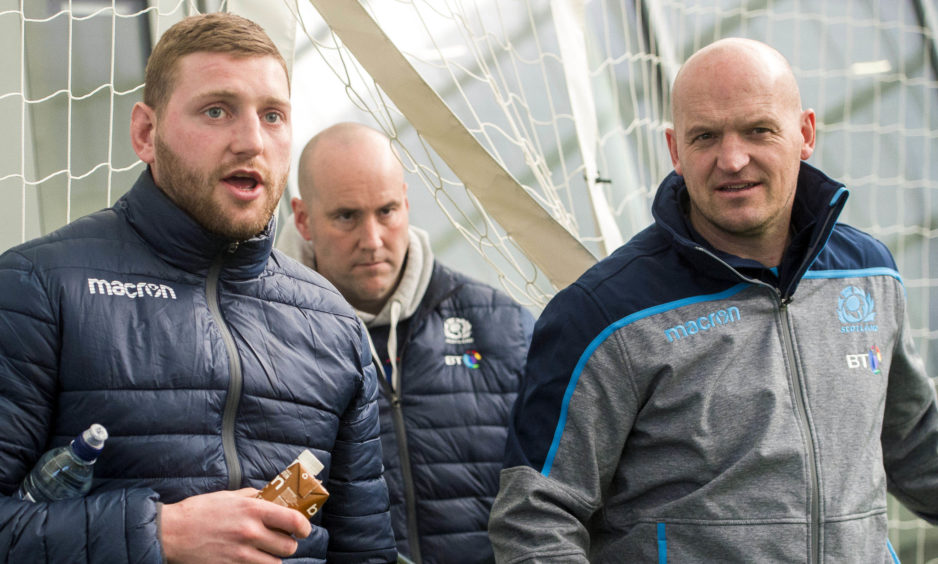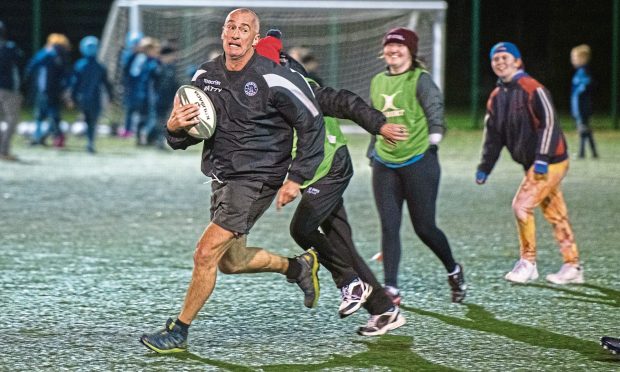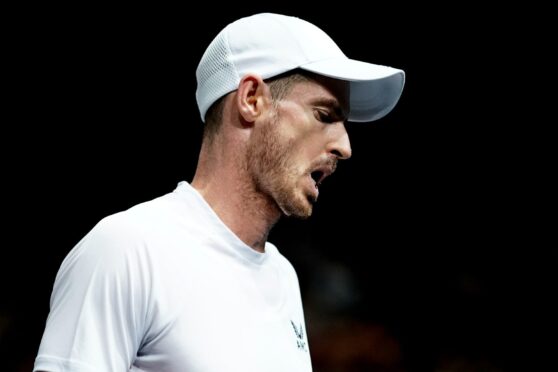Scotland’s 2019 Guinness 6 Nations campaign was unquestionably saved by the incredible second 40 minutes at Twickenham on Saturday.
A 50-point hammering at the hands of a rampant England – which seemed to be the most likely of circumstances at half-time – would have resulted in hard questions about Scotland’s direction in both the short-term (aka the Rugby World Cup) and the long-term beyond.
One crazy half of five tries at Twickenham doesn’t make all of those questions go away, and if head coach Gregor Townsend and his management team are as they appear, there will be some intense examination of what went wrong this spring before Scotland walked back from the cliff edge.
There is at least a foundation to prepare for the World Cup now. And the most important element is having everyone available for that…
THE INJURIES
When unveiling his initial squad for the championship, Townsend produced a list of 22 players unavailable to him. Some of the names on that list were more than a little fanciful – one doubts Rory Sutherland, Cornell du Preez or Damien Hoyland were ever serious contenders – but there’s no question that casualties prior to and during the 6 Nations had a marked effect on the Scots.
Scotland ended up using 37 players in the championship, actually the same number as Ireland. However Ireland, England and Wales all experimented a little and rested players in their matches against Italy, so comparisons are difficult.
Weeding out those fanciful names, I make it 19 injuries over the entire championship season. Scotland used a total of 40 players in the autumn and Six Nations, so that’s pretty much half the squad – Townsend’s personal rule of thumb for injuries you can expect in any usual season is 20%.
Within that 19, there’s players who missed the whole campaign (John Barclay, Richie Gray, Duncan Taylor) some who missed early games but came back (Hamish Watson, Magnus Bradbury) and some who got injured along the way (Stuart Hogg, Huw Jones).
There are arguments about who is first choice or not, but I reckon nine definite selections were missing at one point or another, missing 31 out of a possible 72 starts. Again, close to half.
Scotland, of course, have the lowest number of registered rugby players in the 6 Nations and just two professional teams, so dealing with absences is tougher. However, they probably should have beaten Wales and Ireland and certainly should have beaten England is the midst of this unquestioned injury crisis, so what does that prove?
THE PERSONNEL
One aspect of Saturday and the injury issues is that more players have come into contention; Magnus Bradbury and Jamie Ritchie have become reasonable alternatives to Barclay, with Bradbury a serious contender at No 8, a problem position. Sam Johnson has properly entered the discussion on the midfield.
Darcy Graham is pretty much undroppable after just two games, and rightly so. This correspondent had doubts about his defensive reliability as recently as December, but he’s learning on the job so quickly and effectively that any issues – which were mostly due to over-enthusiasm – have been corrected.
And he adds a significant extra X-Factor to go with Hogg –Scotland missed him badly – and Huw Jones, who could do with a solid run of effective and consistent form if he’s to keep his status as the first-choice 13.
Finn Russell and Ali Price are surely the starting half-backs, with Greig Laidlaw now a “finisher”, in the Edie Jones vernacular. Adam Hastings should be the alternative if anything happens to Finn, as the Paris match showed clearly.
Upfront, the front row seems set, although Zander Fagerson needs to get back into his full stride. Richie Gray’s return to full fitness and form would be a precious addition; he’s still the best big athlete we’ve ever had.
STRATEGY
Scotland and Townsend aren’t going to change course, and neither should they. If anything, Saturday’s comeback showed the way to redemption was not tentativeness or conservatism, the only way the Scots will thrive is if they attack.
Those who highlight Finn Russell’s comment about the “argument” over tactics at half-time suggesting the team ditched the original gameplan (it was not clear they did radically, other than get Russell wider and make some key defensive adjustments) miss the point; even if it were true, the alternative plan was also Townsend’s.
What the Six Nations showed is that the Scots are far more effective attacking from distance than in the 22, but that should improve as the setpiece gets stronger, which it will – possibly with the return of Richie Gray and Barclay, certainly as forwards coach Danny Wilson continues to settle into his job after a tricky first international season.
The players were well-attuned to first Jon Humphreys and latterly Dan McFarland, and they’ll get on Wilson’s wavelength better when he has them through a summer camp.
Wilson did a good job making Scotland’s maul effective, particularly defensively. But the Scots have to be more effective at creating turnover ball, at both lineout and breakdown. Gray and Barclay’s surely imminent return should help with this.
THE BIGGER PICTURE
Wales were the best team; even Eddie Jones agreed unequivocally at the end. However they were fairly prosaic in style reverting to the Warrenball of old, and while a Grand Slam is the enviable result, one suspects New Zealand will be happiest to see Northern Hemisphere rugby resort to bash `em up repeatedly and the high ball.
Speaking of which, Ireland were dreadful in Cardiff on Saturday just when many thought it would be where they might recover their poise. It may be just a blip, but there’s an awful lot of key men in their team with lots of miles on the clock, and Joe Schmidt’s decision-making is now being questioned, from his gameplan, to choice of personnel, to whether the Principality Stadium roof should be open or closed.
England looked immense at times, but any team losing a 31-0 lead at home clearly has multiple issues rather than just “psychological”. Eddie Jones says the issues will be solved “100%” but it’s difficult to see how, with just four World Cup warm-up games now.
France didn’t change in the championship; no-one knew what they were doing beforehand, and no-one’s got any idea yet. There’s always the chance that everything can come together on pure ability but their psychological issues are as complex as England’s, and they don’t have nearly as good a coach.
Italy are at a real crossroads. They should have beaten France, could have beaten Ireland, but their collection of could of-should of-would-ofs would now fill a Roman catacomb. Conor O’Shea might not survive the World Cup, but what is the alternative left to them?
